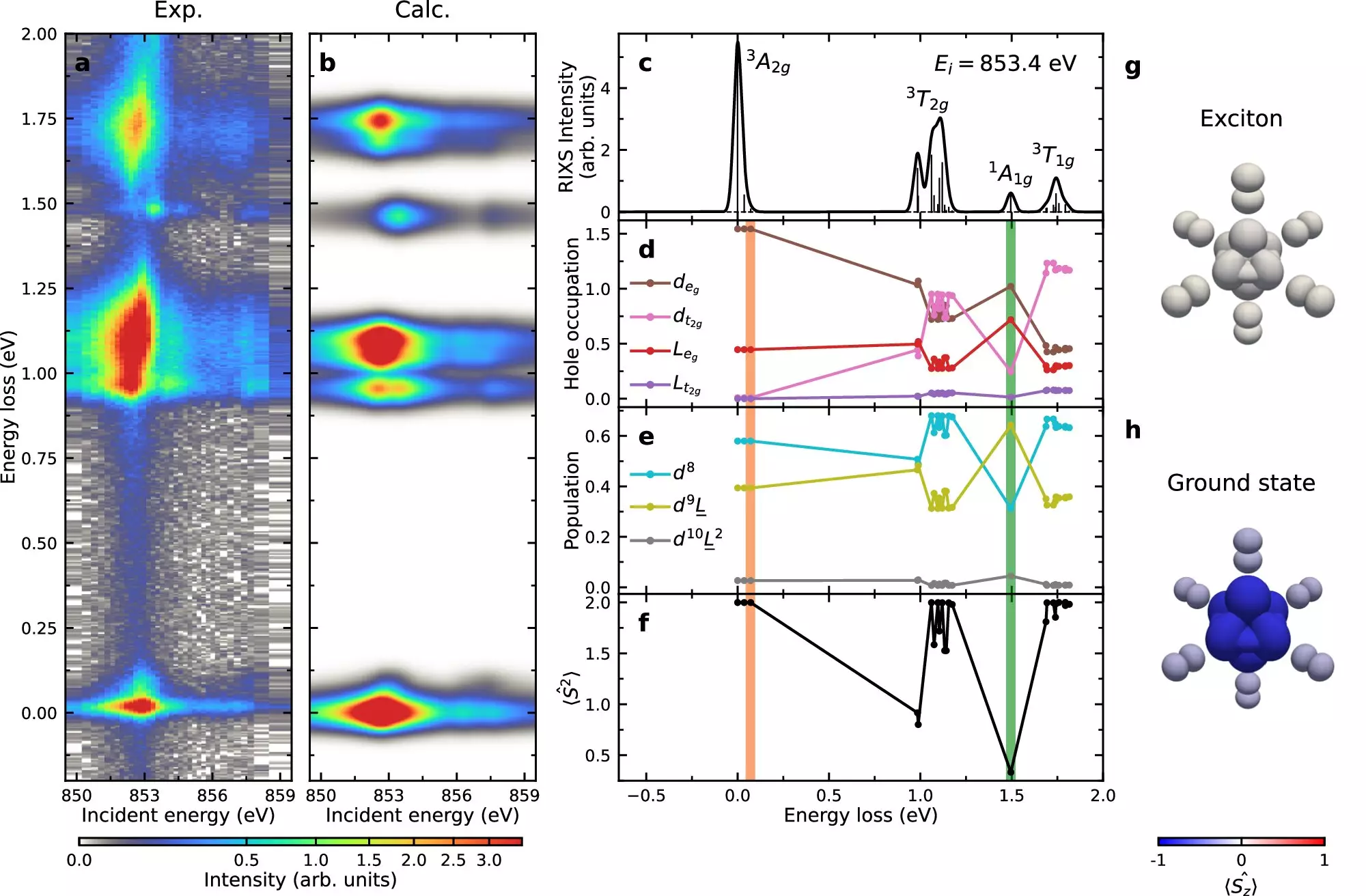In recent years, the study of van der Waals magnets has captivated the scientific community due to their unique optical and magnetic properties. These materials, characterized by their layered structure, demonstrate remarkable functionality that transcends traditional magnetism and optics. A prominent research effort, spearheaded by scientists at the U.S. Department of Energy’s Brookhaven National Laboratory, has made strides towards understanding these complexities, particularly focusing on a fascinating type of excitation known as excitons. Their findings, published in the journal Nature Communications, pave the way for future explorations into potential technological applications, such as advanced information storage systems.
At the core of this research lies the exciton, a quasi-particle formed by the interaction of an electron and a ‘hole’—a conceptual space in a material devoid of an electron. This pairing mimics a charged particle and plays a crucial role in the optical and electrical properties of various materials. The formation and behavior of excitons have garnered attention due to their relationship with magnetic structures in van der Waals materials, suggesting that manipulating excitons could unlock new avenues for utilizing magnetism in technology.
The researchers concentrated on nickel phosphorus trisulfide (NiPS3), a crystalline compound with intriguing magnetic characteristics. They utilized the advanced capabilities of the National Synchrotron Light Source II (NSLS-II), a facility known for producing intense beams of X-ray light essential for probing the electronic properties of different materials. Through this facility, the research team employed resonant inelastic X-ray scattering (RIXS), a sophisticated technique that allows for high-resolution insights into exciton behavior within the crystal lattice of NiPS3.
The implementation of RIXS enabled the researchers to examine exciton dynamics at an unprecedented level of detail. In this technique, X-ray photons are directed at the electrons in the material, causing them to scatter. By analyzing the trajectories and energies of these scattered photons, the researchers could deduce significant information about the exciton’s behavior. This methodological approach sheds light on critical topics, including how excitons interact with magnetic fields and the fundamental nature of their existence within a material.
One of the pivotal findings of the study was the identification of Hund’s exchange interaction as a governing principle for exciton formation within NiPS3. This interaction relates to the spin configurations of the electrons and is instrumental in determining the energy available for exciton development. Moreover, the study revealed that the manner in which excitons spread through the NiPS3 crystal mimics the behavior of spin disturbances known as double-magnons. This correlation between excitons and magnons emphasizes the interconnectedness of electronic and magnetic phenomena in van der Waals magnets.
As the capabilities of tools such as RIXS and electron microscopy continue to evolve, researchers anticipate the ability to obtain even finer measurements and insights into materials like NiPS3. The implications of these findings extend beyond theoretical curiosity; they herald a potential transformation in information technology and energy storage methodologies.
The exploration of excitons in van der Waals magnets represents a frontier in material science with exciting prospects for innovation. As scientists unravel the intricacies of these quasi-particles and their interactions with magnetic properties, the potential for groundbreaking applications becomes more tangible. The contributions made by the research coming out of Brookhaven National Laboratory serve not only to deepen our understanding of fundamental physics but also to inspire the development of next-generation technologies that could redefine our interaction with the digital world. This evolving field epitomizes the fusion of theory and application, hinting at a future where magnetic materials could play a pivotal role in high-efficiency data storage systems and beyond.

